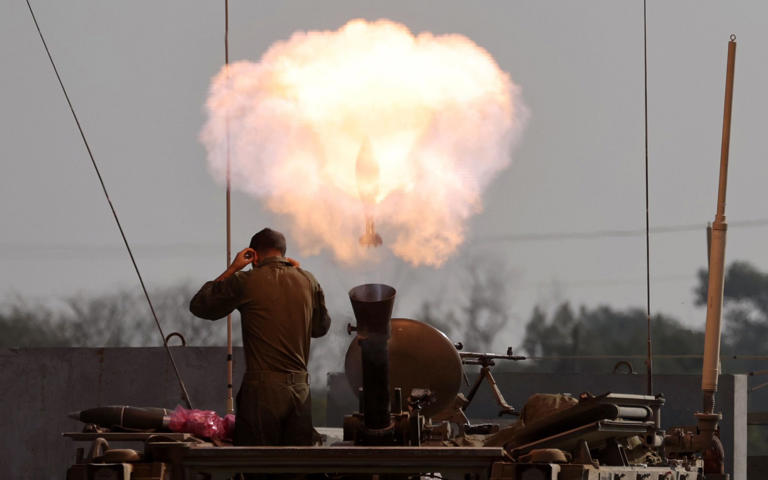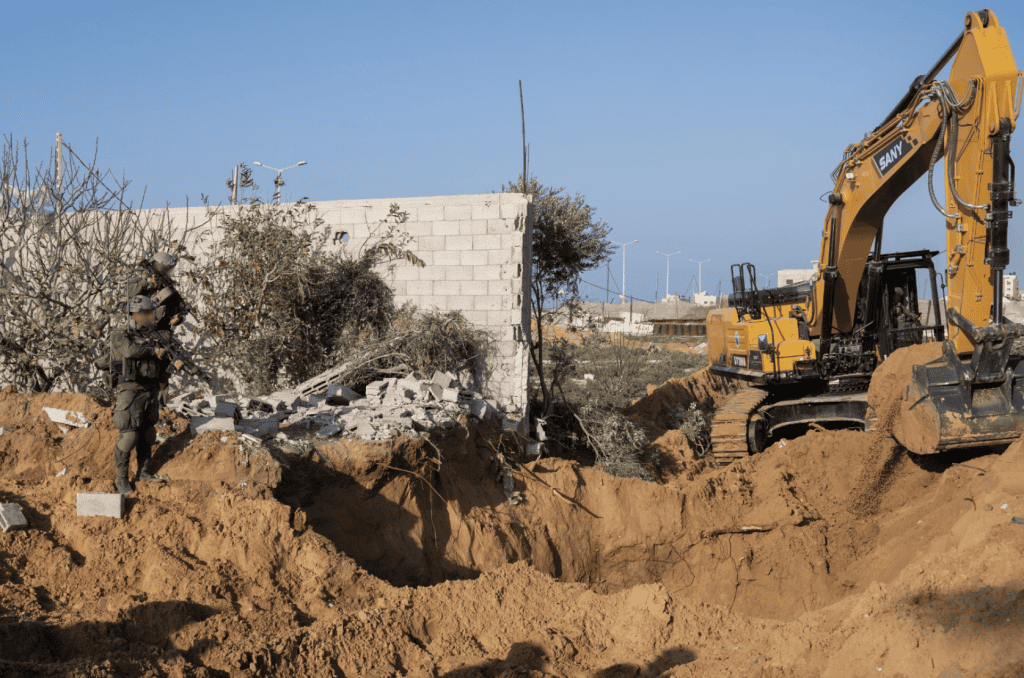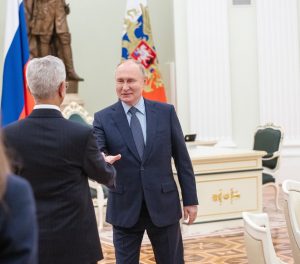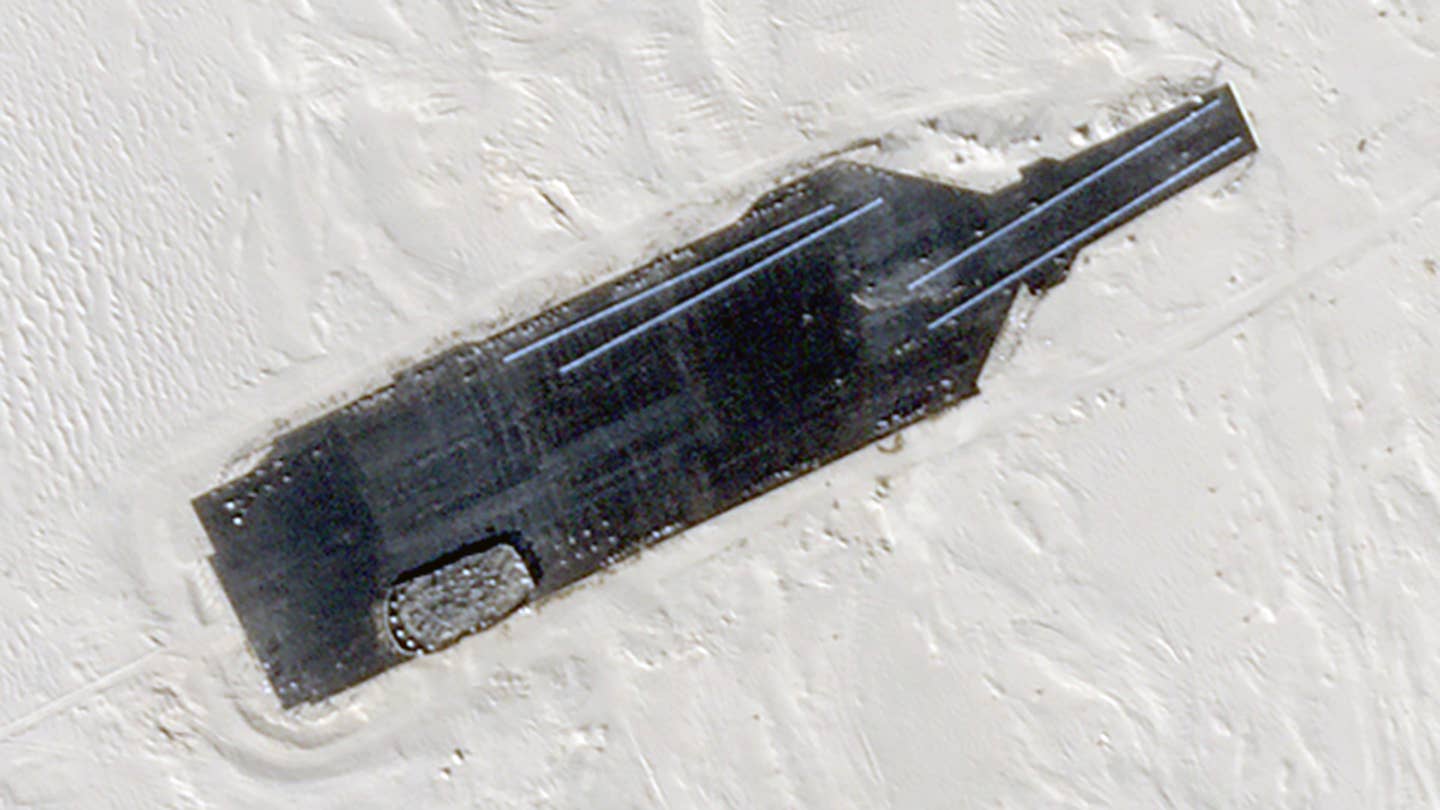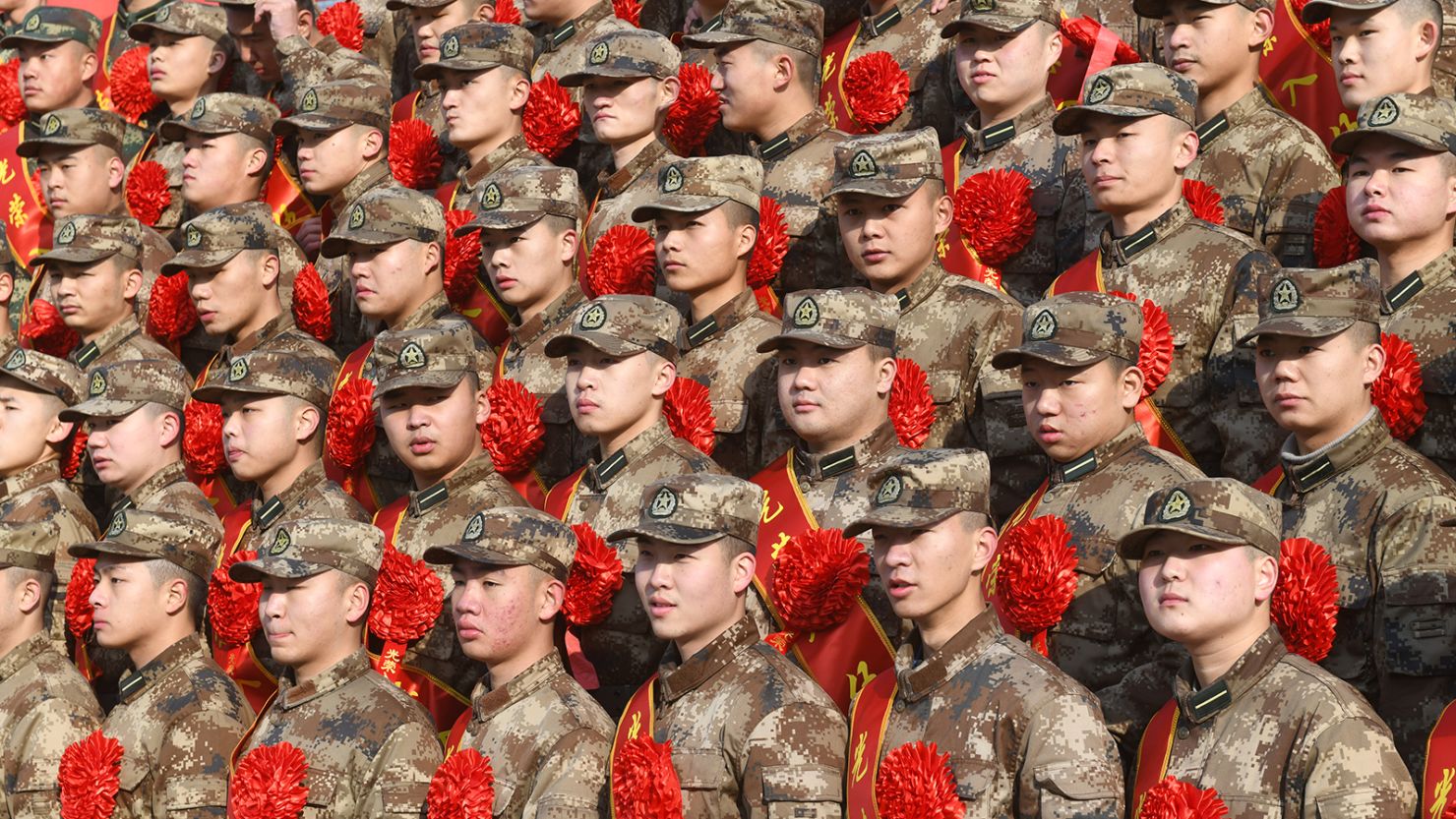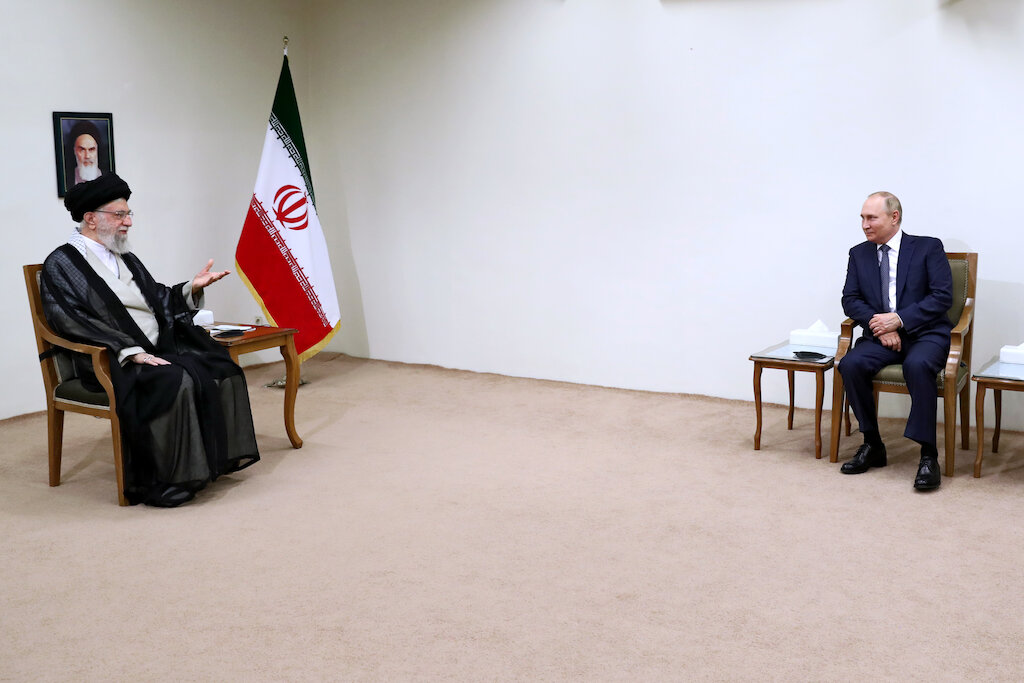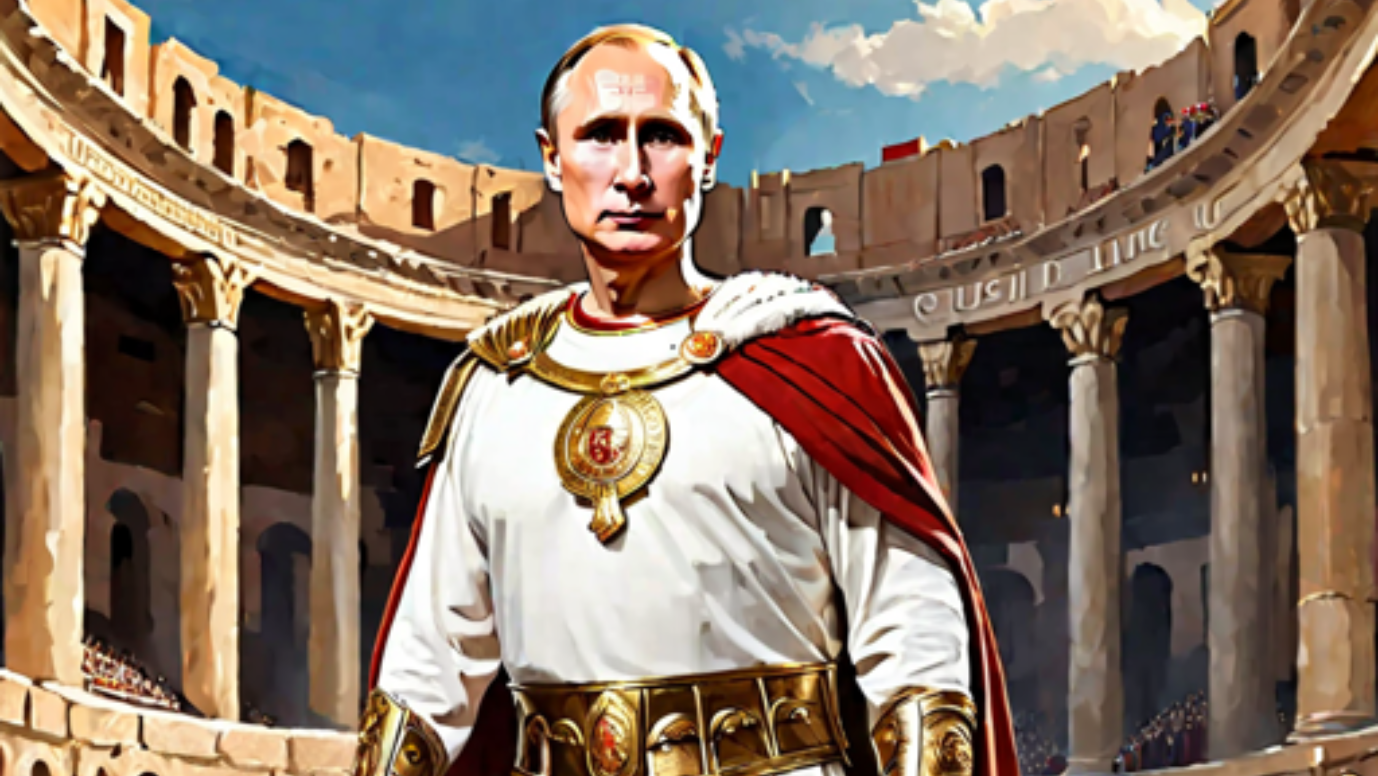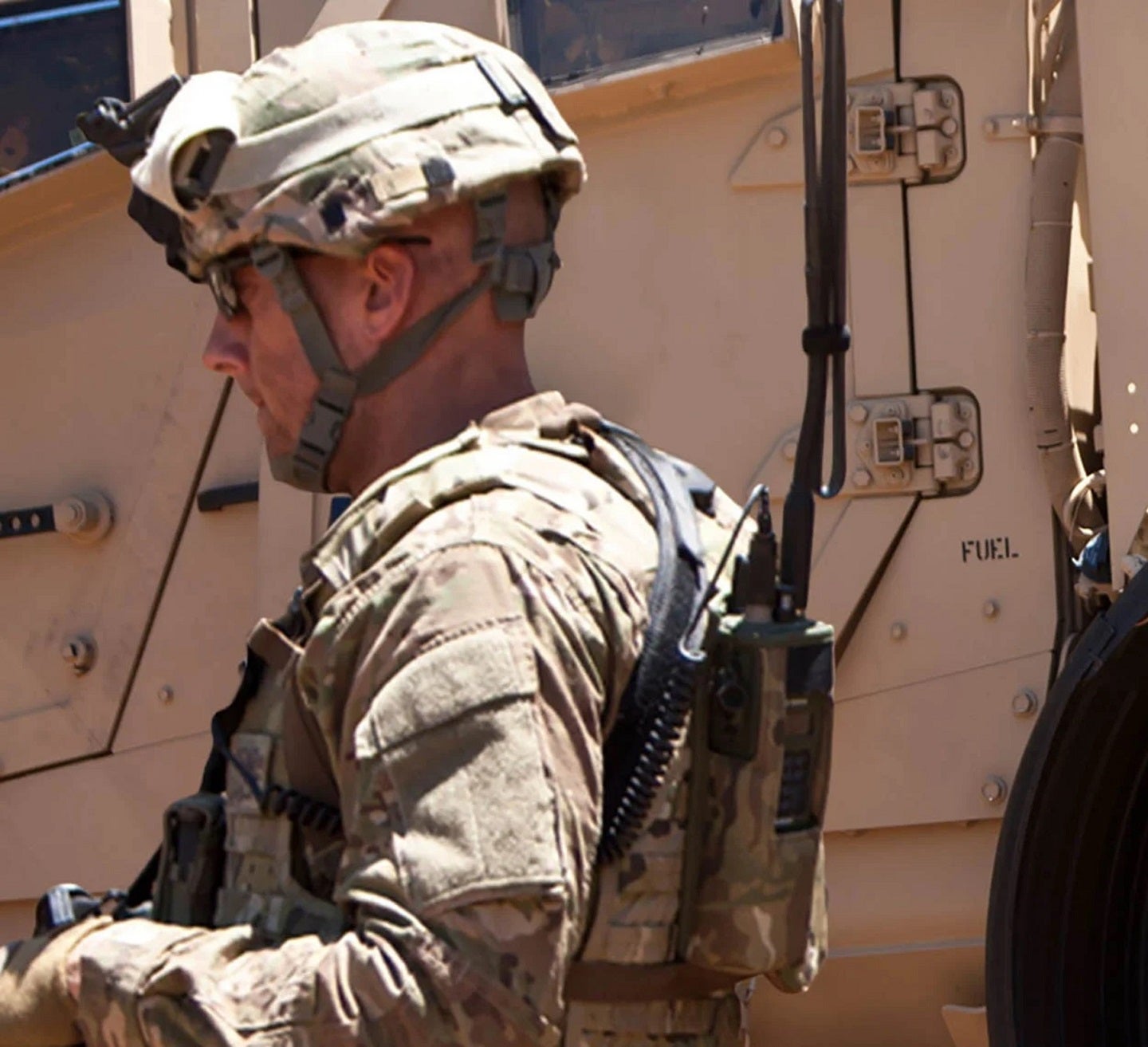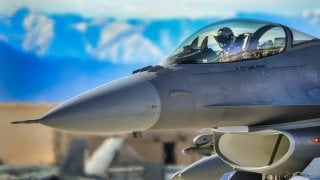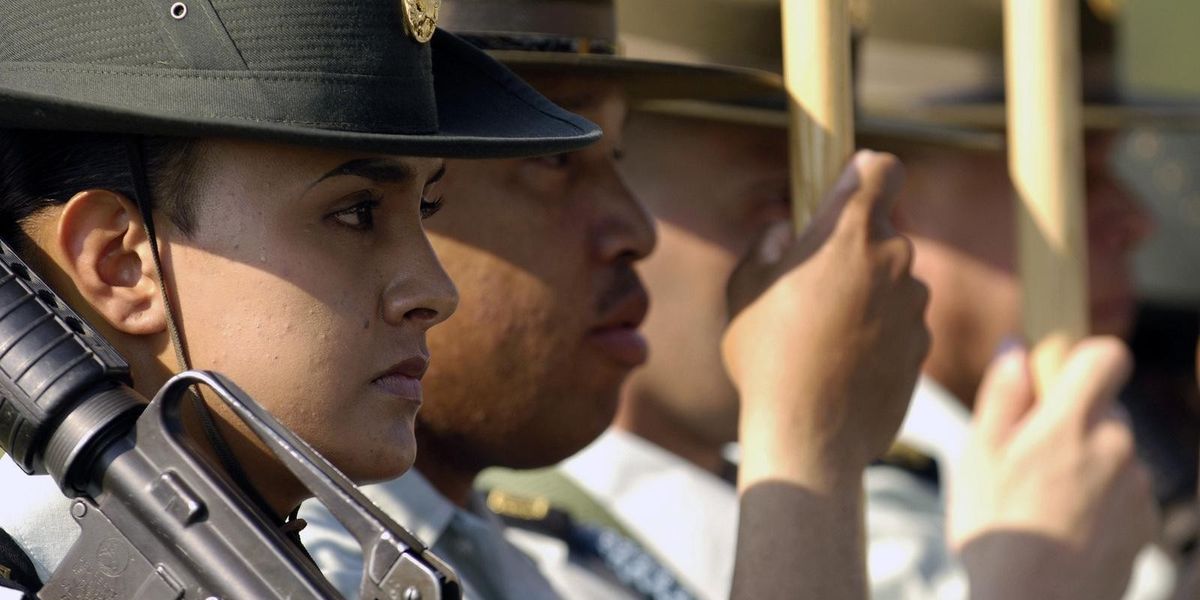PETER SINGER

The graphic footage recorded by Hamas attackers as they slaughtered Israeli civilians on October 7 makes the desire for revenge understandable. But to choose to act on a desire for revenge usually makes a bad situation worse.
MELBOURNE – Last month, I was invited to join other Princeton University academics in viewing a compilation of raw footage from GoPro cameras carried by Hamas gunmen killing civilians in Israel on October 7. Additional video and audio material came from dashboard cameras, traffic cameras, phone intercepts, and victims’ phones.
The invitation carried a warning that the footage would show horrific violence and murder. I avoid violent movies, so my instinctive response was to decline the invitation. But as someone who often points to the progress that we have made, over millennia, in expanding the circle of moral concern, I decided that I should be willing to see something that would challenge my optimism.
Evil is a word I rarely use, but what I saw was evil in its purest form: men armed with assault rifles going house to house to shoot defenseless and terrified families in their simple kibbutz homes, recording their murders and shouting “God is Great.” They kill a father in front of his two young children. They cut off the head of one of their victims, saying they will give it to the crowd to play with. We see panicked young people at a music festival shot dead as they try to hide or flee. I was seeing only a fraction of the 1,200 murders Hamas forces committed on that day, according to official Israeli figures.
